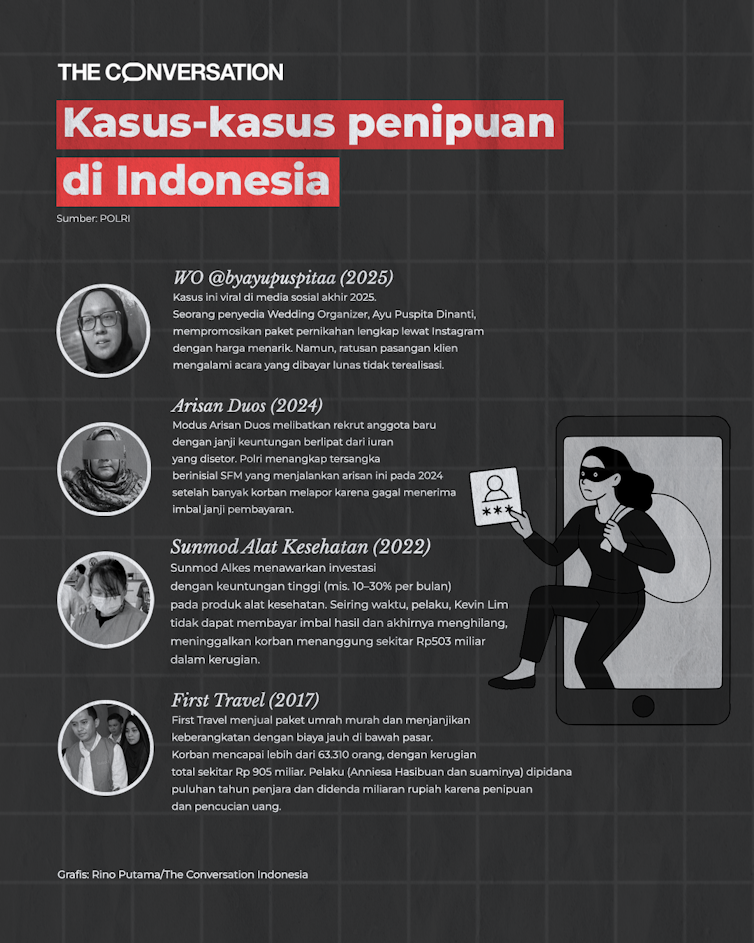Optimism high in construction sector that tech can drive emission goals, but actual usage low - new research finds
- Written by PR Newswire Asia - Asian Spectator
Only two in five business leaders in the Construction, Engineering and Property (CEP) sector say they use tools like location intelligence and AI extensively
SYDNEY, Nov. 14, 2023 /PRNewswire/ -- New research found that almost all (95 per cent) of Construction, Engineering and Property (CEP) business leaders in Australia say that decarbonisation and emissions reduction is central to their organisation's overall sustainability agenda, compared to just 86 per cent of those from all other sectors.
Research commissioned by Nearmap found that more than four in five (83 per cent) of CEP leaders are optimistic about the potential of technologies like location or geospatial technology and AI to drive substantial carbon emission reductions. Across all other sectors, that figure falls to just 64 per cent.
The construction industry alone is one of Australia's largest industries, responsible for approximately 9 per cent of the country's GDP. However, the built environment sector has a disproportionate amount of greenhouse emissions–reportedly being responsible for one-quarter of Australia's emissions. This presents a mammoth opportunity for the industry to lead in achieving net zero carbon for Australian buildings, and it could be a reality by 2040.
Location intelligence technology tools that enable virtual site visits have the potential to help reduce carbon emissions. For example, having just two site visits each day1 that would normally require one hour of travel time can have a significant impact. Nearmap estimates that companies can potentially reduce up to 5,280 kg of carbon emissions and save up to AUD 34,100 a year. Between July 2022 and June 2023, Nearmap customers in Australia saved approximately 863,728 tonnes of greenhouse gas2, or the equivalent of more than 120,000 round trips between Sydney and Los Angeles3.
The research deemed the technologies most useful in helping reduce carbon emissions or achieving sustainability goals by leaders from the CEP sector include:
- Environmental impact assessment and monitoring tools (57 per cent)
- Geospatial analytics and insights powered by AI (49 per cent)
- Advanced measurement and measurement tools (47 per cent)
- High-resolution aerial imagery of areas across Australia (45 per cent)
While 93 per cent of CEP leaders believe technologies such as aerial imagery and geospatial analytics can help reduce carbon emissions and achieve sustainability goals, the reported usage of technology across the sector is low in comparison (75 per cent) with the research identifying the top barriers as:
- Limited awareness and understanding of available technologies (60 per cent)
- A lack of technology tools and solutions (57 per cent)
- Financial constraints (56 per cent)
For the CEP sector to make even further strides in reducing emissions and decarbonising, it will be crucial for business leaders to have a deeper understanding of how they can redesign business processes. Integrating technology into the business process will not only drive efficiencies, cost savings but more importantly, well-position organisations on a path towards sustainable operations. Location intelligence, for instance, can help CEP organisations plan projects, monitor progress, and more without requiring in-person site visits. A deep dive into the workflows that can be conducted virtually to save emissions can be found in the white paper.
"By using Nearmap for remote site assessments means we can perform fewer site visits, saving carbon emissions by taking cars off the road, but also helping us save time so our team can focus on tasks that can help our team achieve sustainability targets." said Jan van der Bergh, Senior Development Manager, Norwest Quarter, Mulpha.
"It is encouraging to see that 93 per cent of CEP business leaders believe technology can help reduce emissions. Particularly as there has long been a misconception that deep technical or geospatial knowledge is needed to implement solutions that can help companies meet decarbonisation goals." said Daniel Paull, Executive Vice President and General Manager, Nearmap Australia and New Zealand. "The power of making simple changes like switching to virtual site visits should not be underestimated — understanding this will help overcome the barriers to adoption identified by the research and lift usage of technologies that can help contribute to a greener future for all."
Download the white-paper, Decarbonising Australia's Built World with Technology, here.
About Nearmap | nearmap.com
Nearmap provides easy, instant access to high-resolution aerial imagery, city-scale 3D content, AI data sets, and geospatial tools. Using its own patented camera systems and processing software, Nearmap captures wide-scale urban areas in the United States, Canada, Australia, and New Zealand several times each year, making current content instantly available in the cloud via web app or API integration. Every day, Nearmap helps thousands of users conduct virtual site visits for deep, data-driven insights — enabling informed decisions, streamlined operations and better financial performance. Founded in Australia in 2007, Nearmap is one of the largest aerial survey companies in the world by annual data collection volume.
Notes to the editor
Nearmap commissioned YouGov to poll over 500 Australian managers, directors, C-Suite, chairpersons, partners, and owners/ proprietors of businesses with 500+ employees in Australia to understand the role of the latest cutting-edge technology in response to achieving sustainable goals, and how businesses are using technology to achieve their ESG goals and reduce carbon emissions. More than 250 business leaders surveyed are from the construction, engineering and property sector.
1This is a guide only, based on various factors including but not limited to your individual workflows, the Nearmap products subscribed to and your usage of those products. Your actual savings may be higher or lower than this estimate. The savings estimate does not factor in the additional costs of a Nearmap subscription. For more information and to see the assumptions underpinning this estimate visit our ROI calculator.
2The analysis is based on all search events conducted in MapBrowser during the last fiscal year. Only locations in Australia which are within Nearmap coverage, are included in the calculations. Locations that were searched for at least three times by the same user were counted. Nearmap estimates that each search related Nearmap survey produces 10 kg GHG emissions. Nearmap assumes that without using Nearmap, the user/organisation might have travelled to included location(s) by either driving or flying. The fuel usage and greenhouse gas emissions referenced depend on the chosen mode of transport (vehicle or airplane). Please refer to the table below for assumed distances, estimated fuel usage, and greenhouse gases per kilometre. Nearmap assumed each searched location as a round trip, so double the one-way distance to calculate the approximate total travelled distance.
Searched Distance (assumed by Nearmap) | Mode of transport chosen based on searched distance | Grams of Greenhouse Gases (GHG) per passenger per KM |
<400KM | Vehicle | 43.64 |
>400KM | Aeroplane | 1015 |
Estimated Greenhouse Gas Emissions (GHG) calculation: Searched distance (in KM) x 2 (round trip) x GHG per KM
3Based on an estimated 7.16 tonnes of CO² emitted for a return flight for one passenger in economy class between Sydney, Australia and Los Angeles, United States. For approximately 863,728 tonnes of greenhouse gas, it is equivalent to 120,632 return flights (source: Carbon Reduction Institute)
4Based on the Ford Ranger vehicle calculations from National Transport Commission Carbon Dioxide Emissions Intensity for New Australian Light Vehicles Report 2021
5Based on Boeing 747-400 calculations from Carbon Independent
Authors: PR Newswire Asia - Asian Spectator





